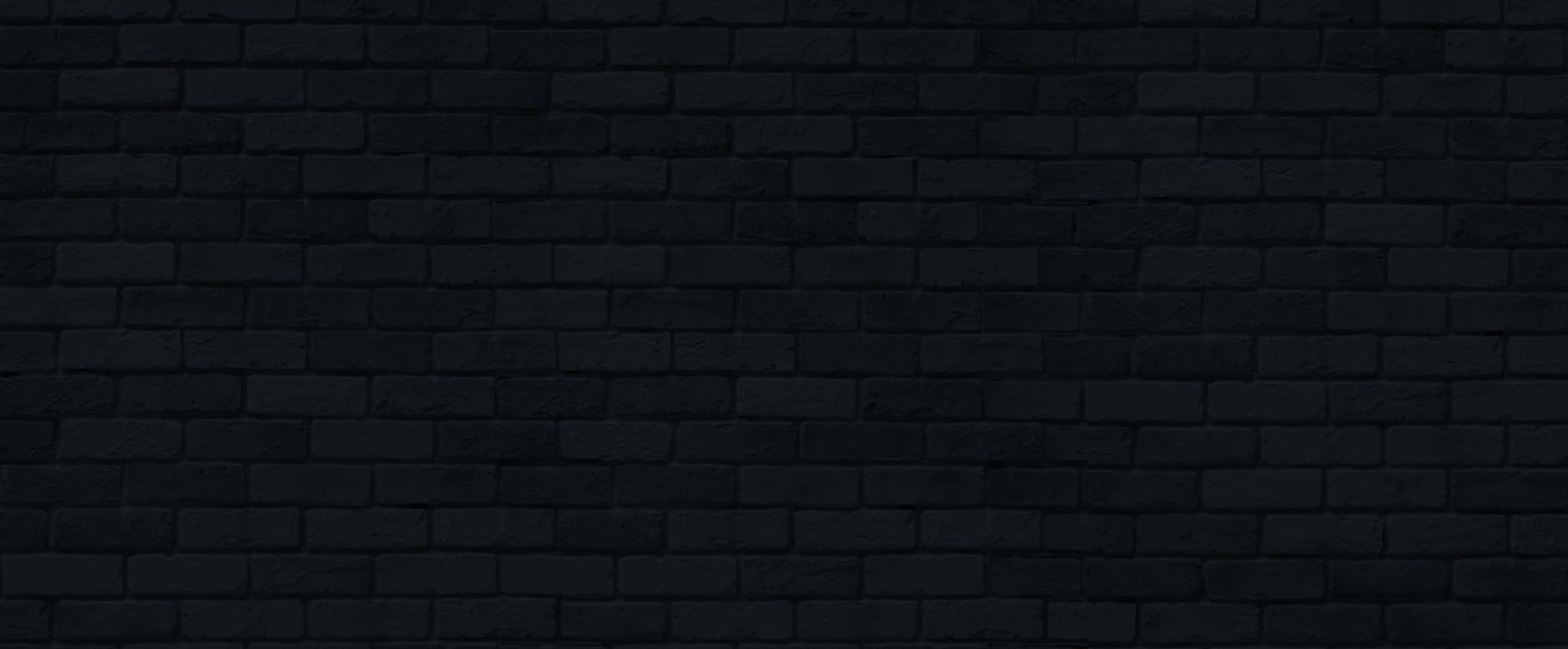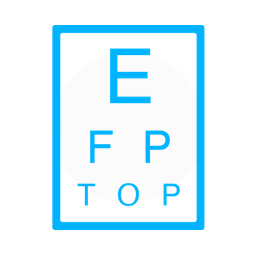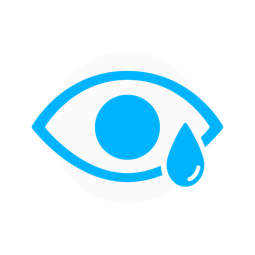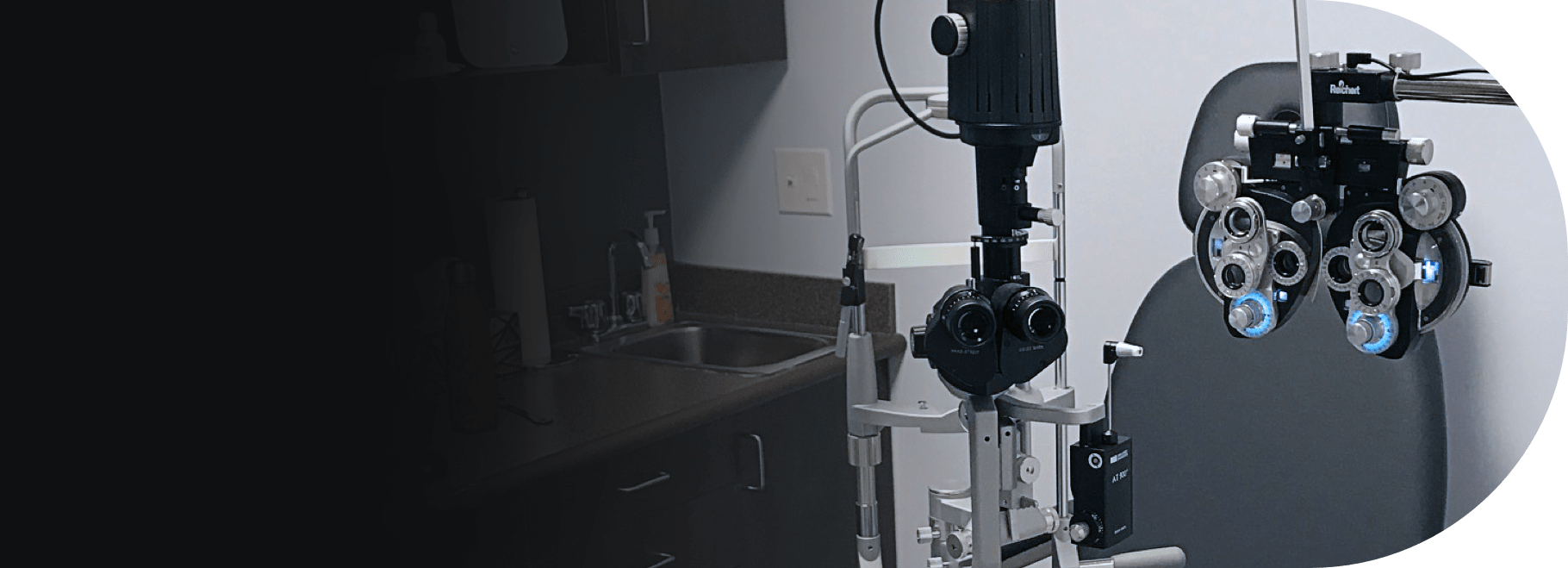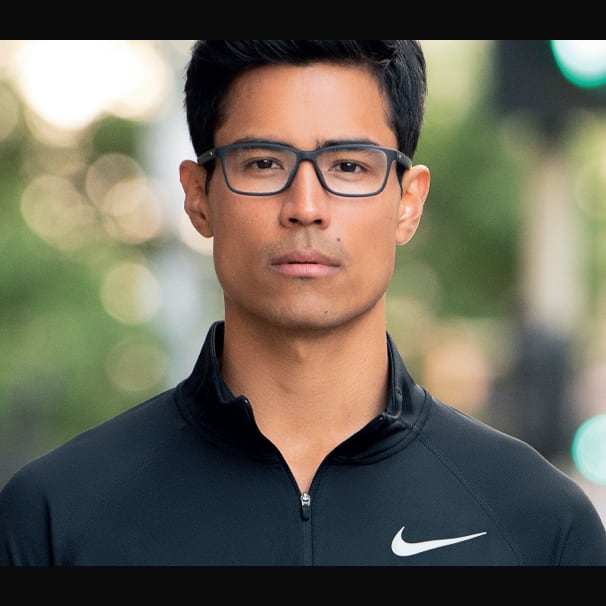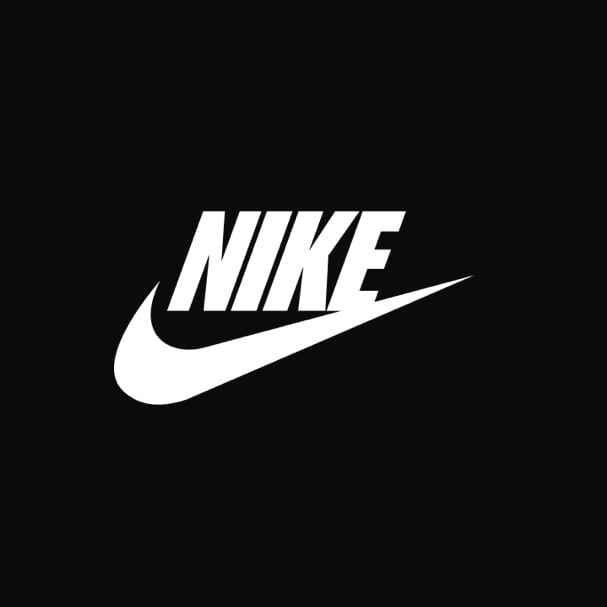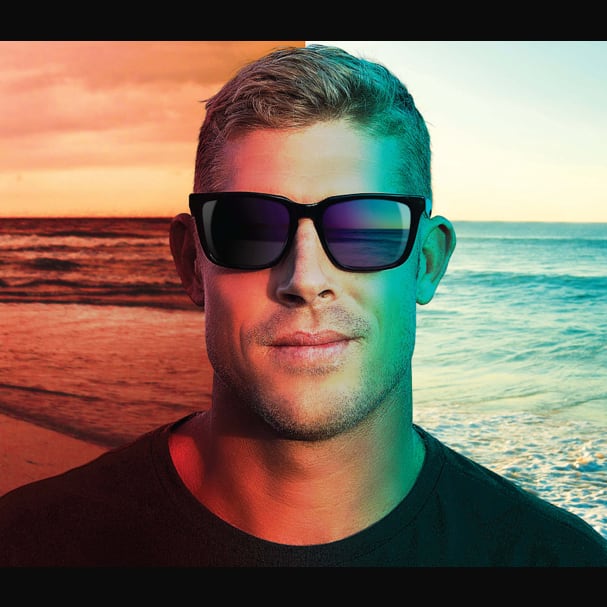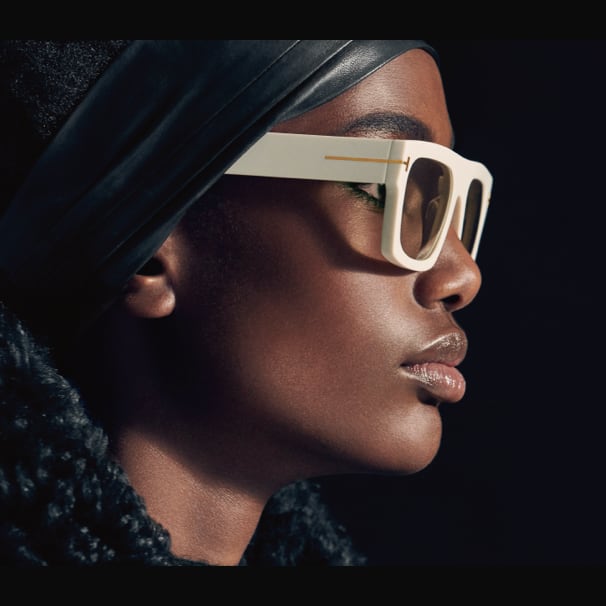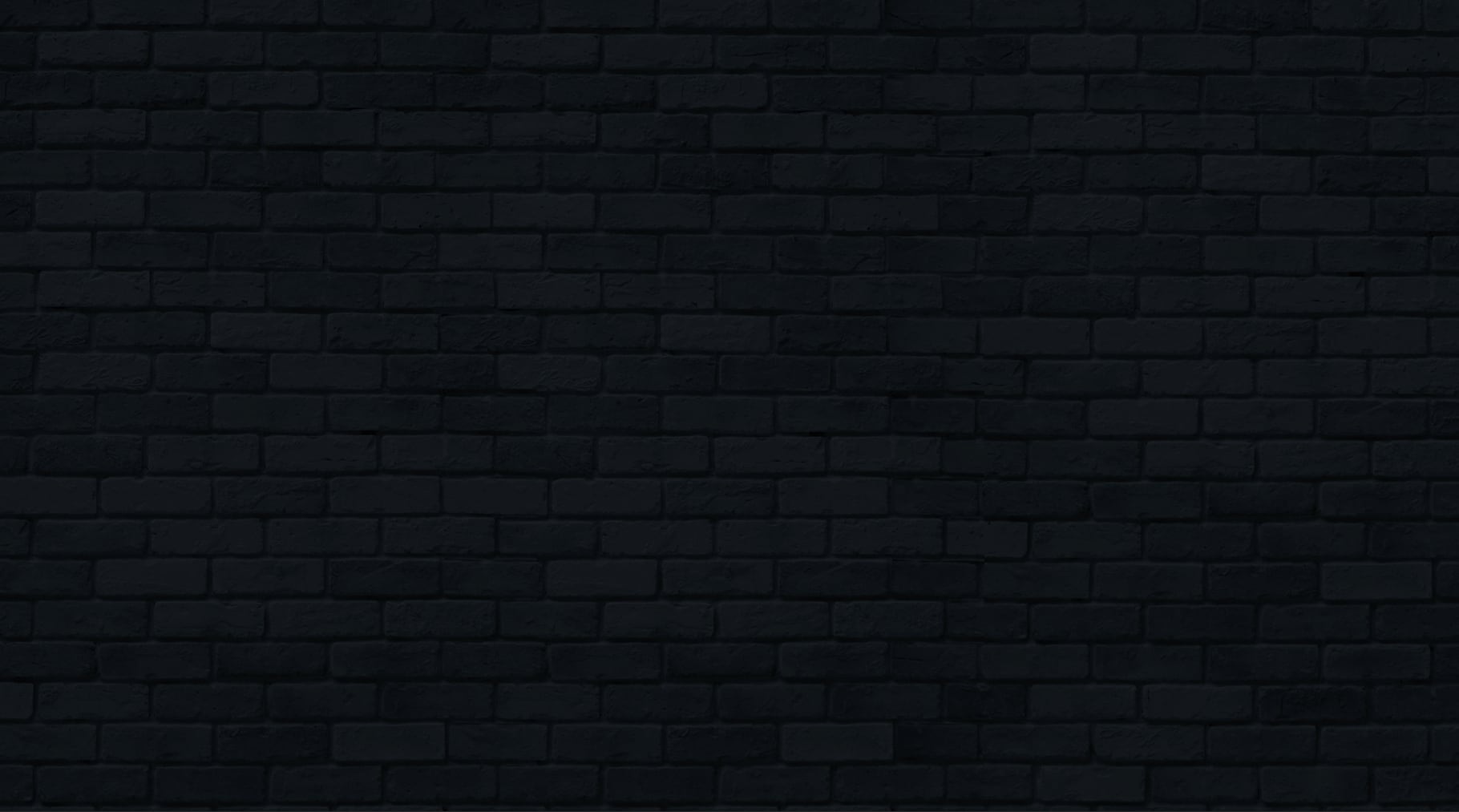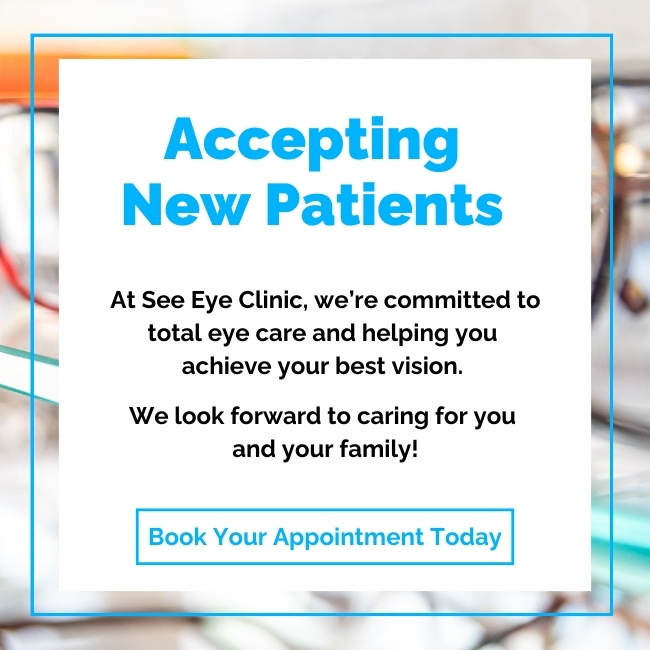Summer break always seems to end in a flash. As the school year approaches, there are a plethora of things you might need to tackle before your child’s first day of school. Between back-to-school shopping and fun playdates, don’t forget your child’s annual eye exam.
As our reliance on digital screens grows and children spend less and less time outdoors, it’s no wonder that myopia–a refractive error that leads to blurry distance vision–is on the rise. It develops primarily in childhood, and while glasses can help correct blurry vision, standard lenses don’t address the primary concern with myopia: it tends to progress.
Myopia eyeglasses offer a solution. These glasses have a specialty lens design that changes how light focuses in the eye, which helps slow myopia progression in children while also correcting their vision.
Every approach to myopia control is different. A routine eye exam helps determine the right treatment plan for your child.
A Brief Look at Myopia Control
Myopia, also known as nearsightedness, develops when the eye grows too long from front to back, causing light to focus in front of the retina rather than directly on it. This makes distant objects appear blurry while close objects typically remain clear.
It may not sound like a big deal. After all, that’s what corrective lenses are for, right? Think again.
The trouble with myopia is that it’s a progressive condition. With children’s eyes still growing, myopia tends to progress more rapidly during this time (without the right interventions) until they reach their late teens or early twenties.
Standard prescription lenses don’t address this problem; they only correct blurry vision. This concern extends far beyond needing stronger glasses each year. Higher degrees of myopia can significantly increase the risk of serious eye conditions later in life, including:
- Retinal detachment
- Glaucoma
- Cataracts
- Myopic maculopathy
This is where myopia control steps in. Myopia control refers to treatments that aim to slow down the progression of nearsightedness in children, teens, and even young adults.
The goal isn’t necessarily to stop myopia progression entirely–though that would be ideal–but to significantly slow it down. Even a slight reduction in progression can make a meaningful difference in your child’s long-term eye health and quality of life.
That’s why the sooner we start these treatments, the better.
What Are Myopia Control Eyeglasses?
At first glance, myopia control eyeglasses look quite similar to standard single-vision glasses, but their lens technology tells a completely different story.
Myopia Eyeglasses vs Standard Lenses
Regular glasses correct central vision by moving the focal point of light back onto the retina, but they don’t address the light rays that hit the peripheral (side) areas of the retina. This is where myopia control lenses shine.
These lenses feature patterns like peripheral defocus, which have different focusing points across the lens. While the centre of the lens provides clear vision, the peripheral areas send signals to the eye that help slow down excessive eye growth.
Studies have shown that myopia control eyeglasses can slow its progression by up to 50%. With time and consistency, this can mean fewer prescription changes and a reduced risk of developing high myopia and its associated complications.

A Closer Look at MiYOSMART Lenses
While lens design varies among manufacturers, myopia eyeglasses share the same goal: slowing progression while correcting vision. That said, we recommend Hoya’s MiYOSMART lenses.
The Technology Behind MiYOSMART
MiYOSMART lenses have D.I.M.S. (defocus incorporated multiple segments) technology. It features a central optical zone for clear vision correction, surrounded by multiple tiny defocus segments arranged in concentric rings, which provide signals to the eye to slow down excessive growth.
This dual approach means your child gets clear vision correction for school, sports, and play, while the lens continuously works to slow myopia progression throughout the day.
Clinical studies have shown that MiYOSMART lenses can slow myopia progression by an average of 60% compared to regular single-vision lenses.
A Comprehensive Approach to Myopia Control
The beauty of myopia eyeglasses lies in their simplicity. However, a team approach to managing your child’s vision is always better.
There’s no universal myopia treatment plan. Every child’s needs are different, which is why we might combine myopia control eyeglasses with therapies like low-dose atropine drops to yield better results than any single treatment alone.
The Role of Healthy Eye Habits
Beyond myopia control therapies, developing healthy vision habits plays a crucial role in myopia management. Encouraging your child to:
- Spend more time outdoors (studies show this can help slow myopia progression)
- Take regular breaks from close-up work using the 20-20-20 rule (every 20 minutes, look at something 20 feet away for 20 seconds)
- Maintain proper reading distance and posture
- Limit excessive screen time when possible
These eye-friendly habits work together with myopia control eyeglasses to provide comprehensive protection for your child’s developing vision.
Taking the Next Step
Myopia control eyeglasses, such as MiYOSMART, are a fantastic way to support your child’s visual health. When we combine them with additional therapies, such as low-dose atropine eye drops, and adopt healthy lifestyle habits, we can achieve better results than using one treatment alone.
The earlier you act, the more you can do to protect your child’s vision for the future.
Connect with our See Eye Clinic team to book your child’s routine eye exam. Together, we can develop a treatment plan that aligns perfectly with their unique needs.



